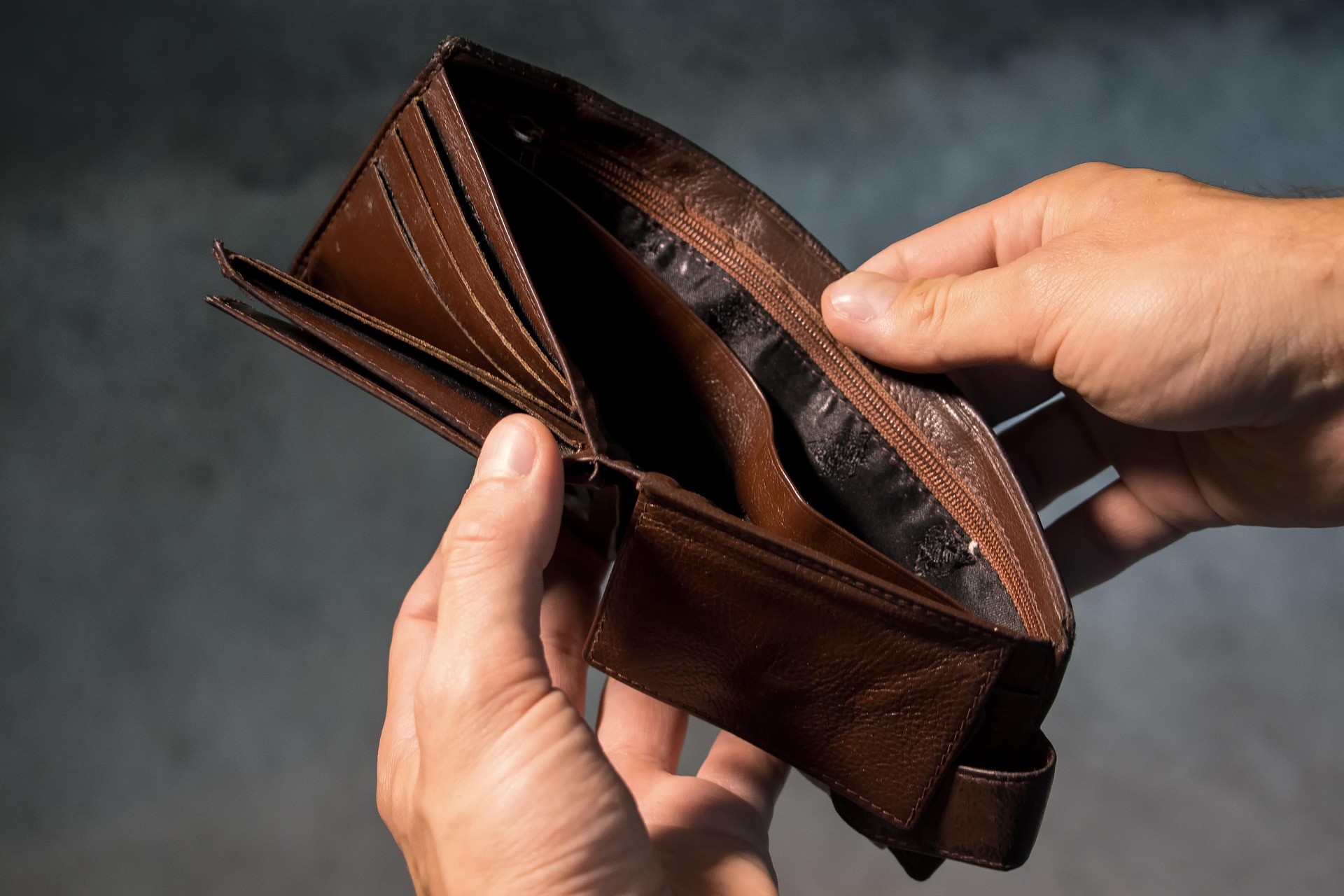
Discover how bankruptcy can provide relief from overwhelming debt. Learn about different types of bankruptcy, the filing process, its impact on credit scores, and how to rebuild your financial future. Find support and professional advice for a fresh financial start.
Bankruptcy is a legal process that helps individuals or businesses eliminate or restructure their debts to regain financial stability. Often seen as a last resort for those overwhelmed by debt, it should be viewed as an opportunity for a fresh start. This post explores how bankruptcy can provide relief from debt. Whether you’re considering filing for bankruptcy or just curious, this article offers valuable information and insights.
The Different Types of Bankruptcy and Which One is Right for You
There are several types of bankruptcy, each with its own rules and requirements. The most common for individuals are Chapter 7 and Chapter 13. Chapter 7, or liquidation bankruptcy, involves selling assets to pay off debts. Chapter 13 allows for a repayment plan over time. For businesses, Chapter 11 focuses on reorganizing debts instead of liquidation. Depending on your financial situation and goals, one type may be more beneficial. If you live in Edmonton, you can consult a trustee to make your Bankruptcy in Edmonton pain-free or you can file for bankruptcy on your own. To determine the most suitable type of bankruptcy for your situation, consult with a bankruptcy attorney or trustee.
Steps to Filing for Bankruptcy
Filing for bankruptcy is a complex process requiring careful preparation and adherence to legal procedures. First, gather necessary financial documents like income statements, tax returns, and creditor information. Then, complete credit counseling with an approved agency within 180 days before filing. This counseling will help you understand your financial situation and explore alternatives. After completing counseling, file a petition with your district’s bankruptcy court. A trustee will then oversee your case, helping to develop a repayment plan or liquidate assets under Chapter 7. Finally, once all requirements are met and the court approves, you’ll receive a debt discharge, giving you a fresh start for a more stable financial future.
Debunking Myths and Misconceptions About Bankruptcy
There are many misconceptions surrounding bankruptcy, which can often deter individuals from considering it as a viable option. One common myth is that filing for bankruptcy will permanently ruin your credit score. While it is true that bankruptcy will negatively impact your credit score in the short term, it also provides an opportunity to rebuild and improve your credit over time. Some believe that you will lose all of your assets in bankruptcy. However, there are exemptions in place to protect certain assets, such as your primary residence and personal belongings. Separate fact from fiction when it comes to bankruptcy and seek guidance from professionals who can provide accurate information and advice.
The Impact of Bankruptcy on Your Credit Score and Future Financial Opportunities
Filing for bankruptcy can have a significant impact on your credit score, as it will appear on your credit report for up to 10 years. This can make it difficult to obtain loans or credit cards in the future. However, with responsible financial management and rebuilding efforts, you can improve your credit over time. Create a budget and stick to it, pay bills on time, and use credit wisely. While it may take some time, taking these steps can help you rebuild your credit and open up future financial opportunities. Moreover, some lenders may view bankruptcy more favorably if they see that you have taken steps to improve your financial habits and are actively working towards a more stable future.
The Emotional Impact of Bankruptcy and Finding Support
Filing for bankruptcy can also have an emotional toll on individuals. It can bring feelings of shame, guilt, and failure. However, remember that bankruptcy is a legal process designed to help individuals in difficult financial situations. Seeking support from loved ones or joining support groups can provide much-needed emotional relief during this challenging time. Working with a bankruptcy lawyer who understands the emotional aspect of bankruptcy can also be beneficial. They can guide you through the process with compassion and help alleviate some of the stress and negative
Life After Bankruptcy
Life after bankruptcy can be challenging, but it’s also a chance for a fresh start and a stable financial future. To rebuild your finances, it’s crucial to have a solid plan. Create a budget, prioritize saving, and avoid new debt if possible. Work with a financial advisor or credit counselor for guidance. Establish positive habits like paying bills on time and using credit responsibly to improve your credit score. Rebuilding takes time and patience, but with determination and good practices, you can achieve long-term financial stability after bankruptcy.
Bankruptcy can be daunting, but it offers a fresh start from overwhelming debt. It’s important to understand the types of bankruptcy and seek professional advice to find the best option for your situation. Remember, there is life after bankruptcy, and with a solid plan, you can achieve a brighter financial future.
Was this news helpful?







 Yes, great stuff!
Yes, great stuff! I’m not sure
I’m not sure No, doesn’t relate
No, doesn’t relate



